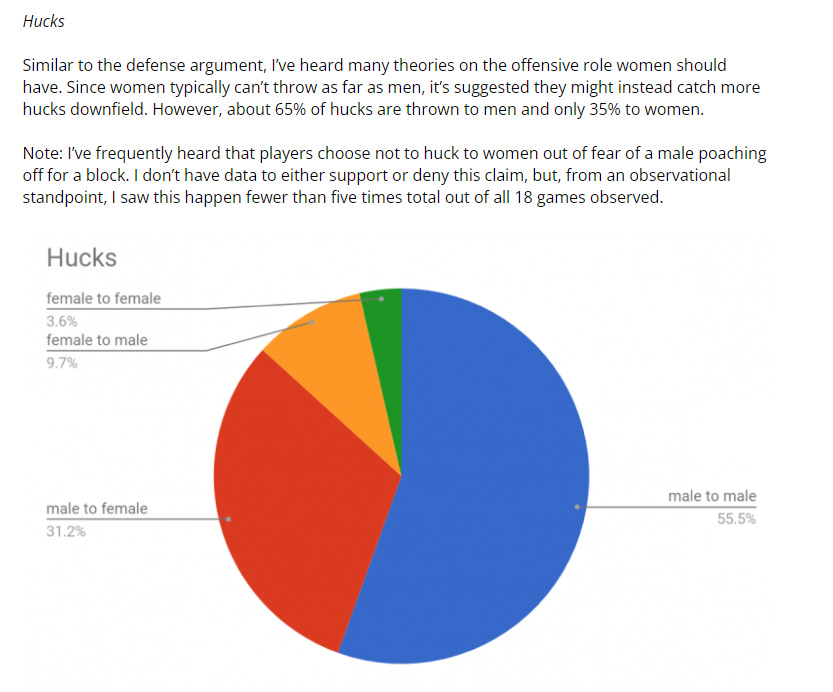Small Sided Game: Golden Arm/Hand
A small sided game variant to empower players in different roles
Last week I wrote about Universality and how the principles are healthy for younger and developing players. One way to foster these principles in your training is intelligent use of small sided games. I have always enjoyed playing around with rules and objectives of small sided games as it’s a great way to teaching players how to solve different problems in a fluid, fun and creative environment. Over the next few weeks, I’m going to share some variants that have worked well for me.
Small Side Game setup
One of the nice things about small sided games is you can set the parameters to suit your team. There’s really an infinite variety but these are some key points for me.
I like 4v4 the most. It gives a good balance of enough players that there are inactive players, but more and it starts to become too tactical. 2s, 3s, 5s, 6s can all work but I always prefer 4s.
Most teams use pitches that are too small, and I very rarely see an endzone that’s a big enough size. For 4s, 8m endzones is a good size and I generally want a pitch that’s a least 30m long endzone to endzone. Space to cut and throw is good!
I usually want possessions to last 30-60s. Depending on the level of players and the weather conditions, I could decrease or increase pitch dimensions if scoring is too hard or two easy. Remember: the size of the endzones is a huge factor here.
When I’m using the small sided game to teach a new concept, I will play single points with pulls after each score. I might even use limited possessions if teams are going to struggle to score efficiently.
I do like continuous play (i.e. no pulls), but it’s not a good tool for teaching new habits.
Golden Arm/Hand
For this variant, the teams will pick either a player who has to throw the assist (Golden Arm), or the player who has to catch the goal (Golden Hand).
The objective of this is to engrain in the team and individual players that everyone is able to throw goals and catch goals.
One crucial benefit of this variant is that is also starts to teach players how to think about how they can impact and help the offence as a unit. The way the majority of players are taught to play offence is to wait for specific triggers, then they can act, then they go away and wait for the next trigger. If you can teach a player to instinctively consider how they can move to create a better situation for another teammate, you will have a player that will be able to handle situations when opposition teams play varied defences that stop your default options on offence.
Teams that should try this
Although this is a fun variant that can be useful for any team I think it’s particularly good for:
teams with a mix of experience/ability levels this can ensure everyone is involved. Even if they have good intentions, the stronger or more athletic players tend to take over games
teams with a lot of new players, no matter what the skill level. This variant really encourages teamwork and communication, and can really showcase strengths of players that might otherwise be too shy to push themselves into demonstrating their talents
mixed teams. Data below from Ultiworld shows how elite offences are heavily male centric. You can’t fix this with a small sided game alone, but you can start working towards a more equitable team by using it to make it more routine to involve female players as the hub of your offence, and teaching players to work as a unit to free each other as I mentioned earlier
men take on a lot more aggressive throws, and generally TO men as well.
men initiate the offence as throwers a staggering amount more





